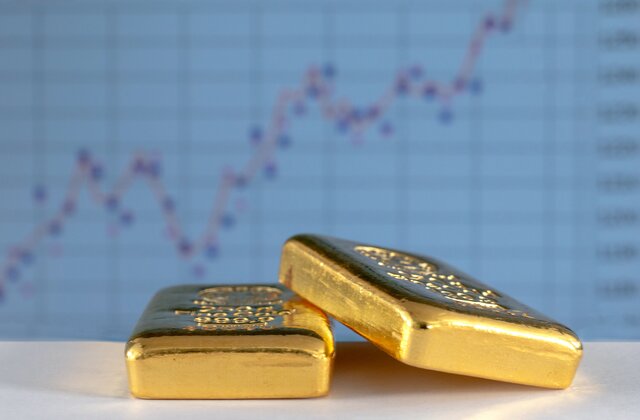Gold has been a symbol of wealth and prosperity for centuries. Its enduring allure as a precious metal has made it a valuable asset for investors and collectors alike. If you’ve ever wondered about the worth of one gram of gold, you’re not alone. In this article, we will delve into the fascinating world of gold prices, exploring the current value of one gram of gold and the factors that influence it.
Current Gold Price Per Gram
Let’s start with the most straightforward question: How much is one gram of gold worth today? As of the most recent data available, the price of one gram of gold hovers around $50 to $60 USD. However, it’s crucial to note that gold prices are highly dynamic and can change rapidly due to various factors.
Factors Influencing Gold Prices
Understanding the factors that affect gold prices is essential for anyone interested in this precious metal. Here are some key aspects to consider:
Global Economic Conditions
Gold often thrives in times of economic uncertainty. When financial markets are shaky, investors tend to flock to gold as a safe-haven asset. Economic events like recessions, inflation, and geopolitical tensions can significantly impact gold prices.
Inflation Hedge: Gold is often seen as a hedge against inflation. When the purchasing power of a currency declines, the demand for gold usually rises, driving its price higher.
Currency Devaluation: When a country’s currency loses value, the price of gold in that currency tends to rise. This is why gold prices can vary from one country to another.
Supply and Demand
The basic principles of supply and demand play a significant role in gold pricing. Limited gold production and increasing demand, especially from emerging economies, can put upward pressure on prices.
Mining Production: The supply of gold depends on mining activities. Any disruptions in mining operations can affect the availability of new gold, influencing its price.
Jewelry and Industrial Demand: Besides investment demand, gold is also used in jewelry and various industries. Fluctuations in these sectors can impact overall demand.
Central Bank Policies
Central banks’ decisions, such as interest rate changes and monetary policy shifts, can influence gold prices. Lower interest rates typically make gold more attractive as an investment.
Quantitative Easing: Large-scale money printing, such as quantitative easing, can lead to concerns about currency devaluation, increasing gold’s appeal.
Market Speculation
The gold market is susceptible to speculation and investor sentiment. Traders often buy or sell gold based on their expectations of future price movements.
Speculative Bubbles: Periods of speculative buying can lead to rapid price increases, followed by sharp corrections.
Geopolitical Events
Political instability, conflicts, and trade tensions can create uncertainty in financial markets, prompting investors to turn to gold.
Trade Tariffs: Trade disputes between major economies can lead to shifts in global economic dynamics and affect gold prices.
Investing in Gold
Given the various factors that influence gold prices, many individuals and investors consider gold as a viable option for diversifying their portfolios. Here are some avenues for investing in gold:
Physical Gold
Bullion: Buying gold bars or coins is a direct way to own physical gold. These can be stored securely or kept in a safe deposit box.
Jewelry: Gold jewelry can serve a dual purpose, as an adornment and an investment. However, be mindful of additional costs such as craftsmanship.
Exchange-Traded Funds: Gold ETFs are traded on stock exchanges and provide exposure to the price of gold without the need for physical ownership.
Gold Mining Stocks
Stock Investments: Buying shares in gold mining companies allows you to indirectly invest in gold. These stocks can be influenced by both gold prices and company performance.
Gold Futures and Options
Derivatives: For experienced investors, trading gold futures and options contracts can be a way to speculate on price movements.
Conclusion
In conclusion, the price of one gram of gold is subject to various factors, including global economic conditions, supply and demand dynamics, central bank policies, market speculation, and geopolitical events. Understanding these influences is key to making informed decisions when buying or investing in gold. Whether you’re interested in gold for its historical significance, its potential as a hedge against economic uncertainty, or its role in diversifying your investment portfolio, staying informed about gold market trends is essential in today’s financial landscape.


